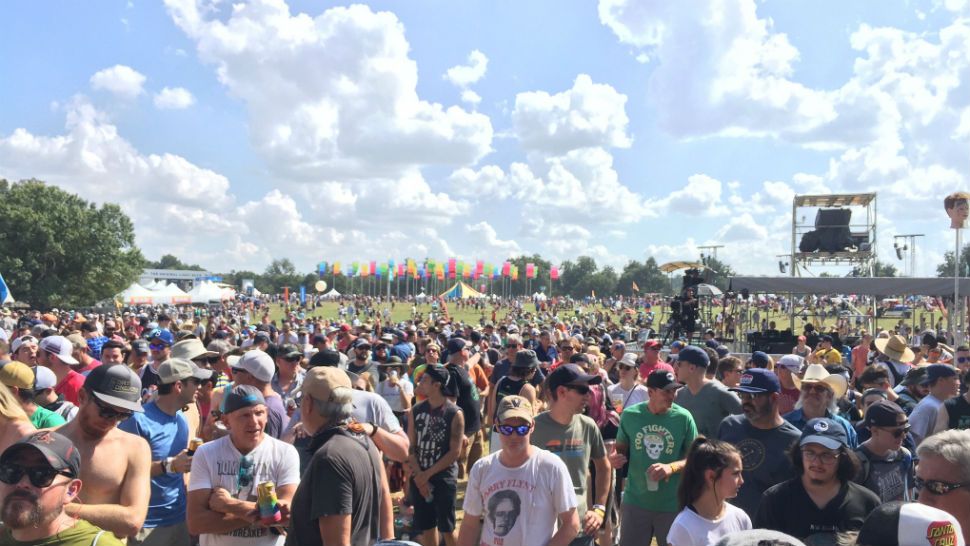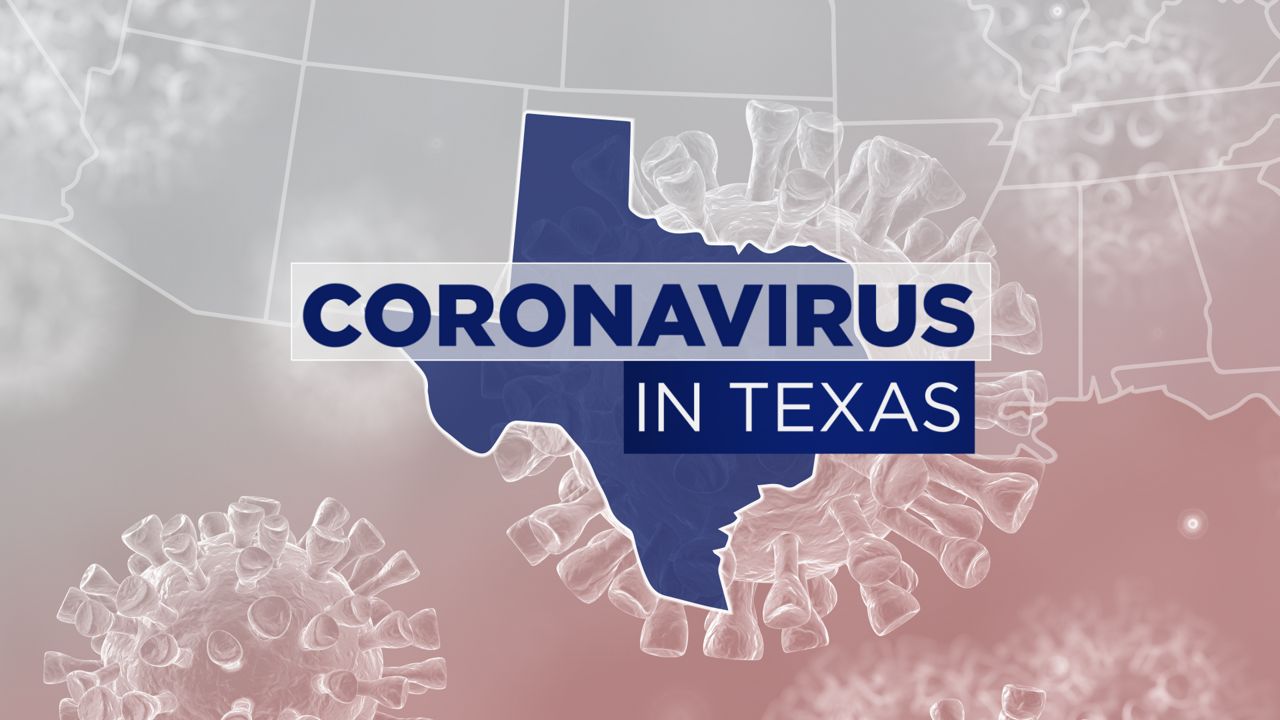NATIONWIDE -- You might have heard the word “superspreader” bandied about quite a bit over the past few months.
Broadly, a superspeader is defined as a person more likely to infect others with disease. A superspreader may not display symptoms. As it applies to the novel coronavirus, superspreading events may be more applicable. Those events conform to the 80/20 rule, in which roughly 20 percent of infected people are responsible for 80 percent of transmissions.
The R0 for SARS-CoV-2 – the number of people an infected person typically spreads the virus to – is fluid and dependent on a number of factors, but estimates have put it at anywhere between 2 and 6.6. During the 2002-2004 SARS outbreak in China, epidemiologists defined a superspreader as an individual who transmitted the virus to at least eight people.
Disease trackers in the United States referred to a choir practice in Washington state in March as a superspreader event. One member of the choir felt ill and was not aware she or he had COVID-19. Of the 61 members of the choir at rehearsals on March 3 and March 10, 53 were sickened and two died. It’s possible that the act of singing itself exacerbated the spread of the virus.
Other superspreader events include a Chicago funeral and birthday party that resulted in a cluster of 16 cases, including three deaths. South Korean officials were investigating an outbreak linked to a nightclub in May.
Scientists are hopeful that if superspreader events – typically large gatherings – can be identified, the spread of the novel coronavirus could be mitigated.
The Associated Press contributed to this report.




